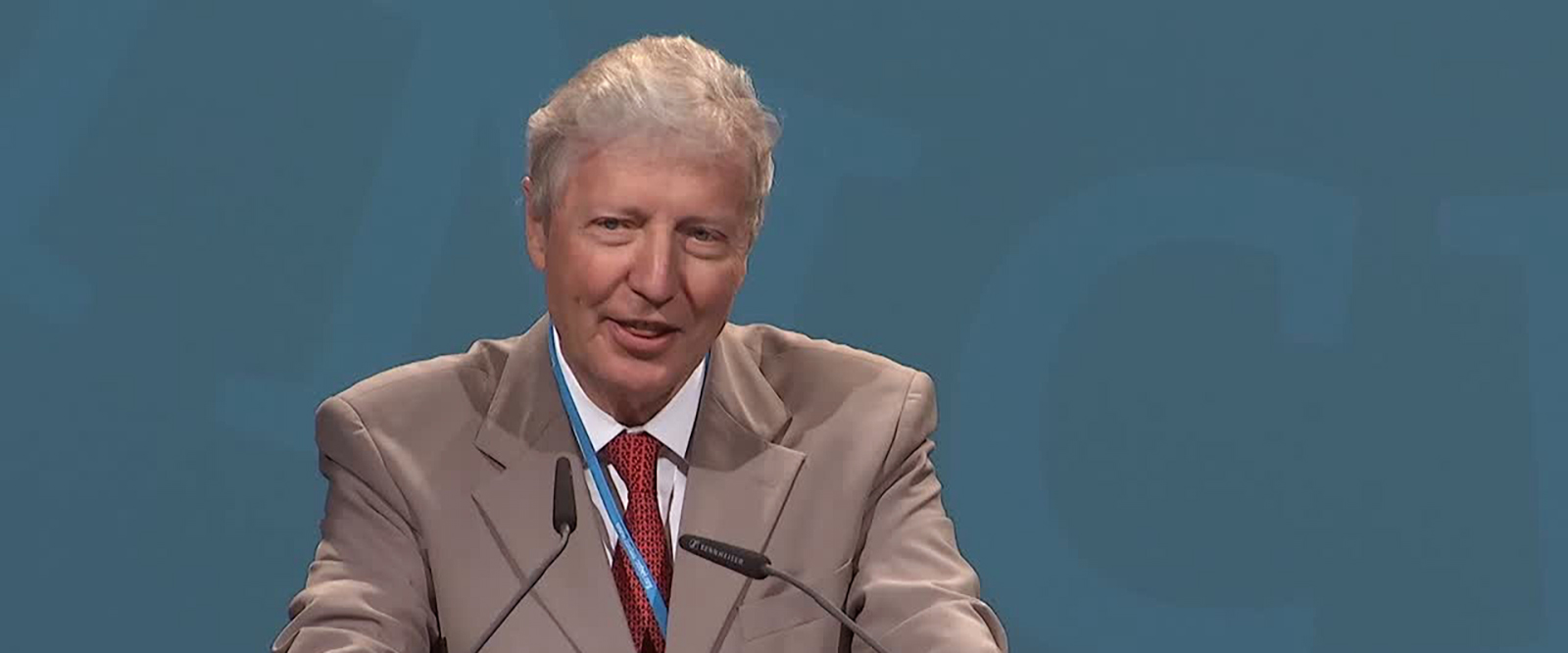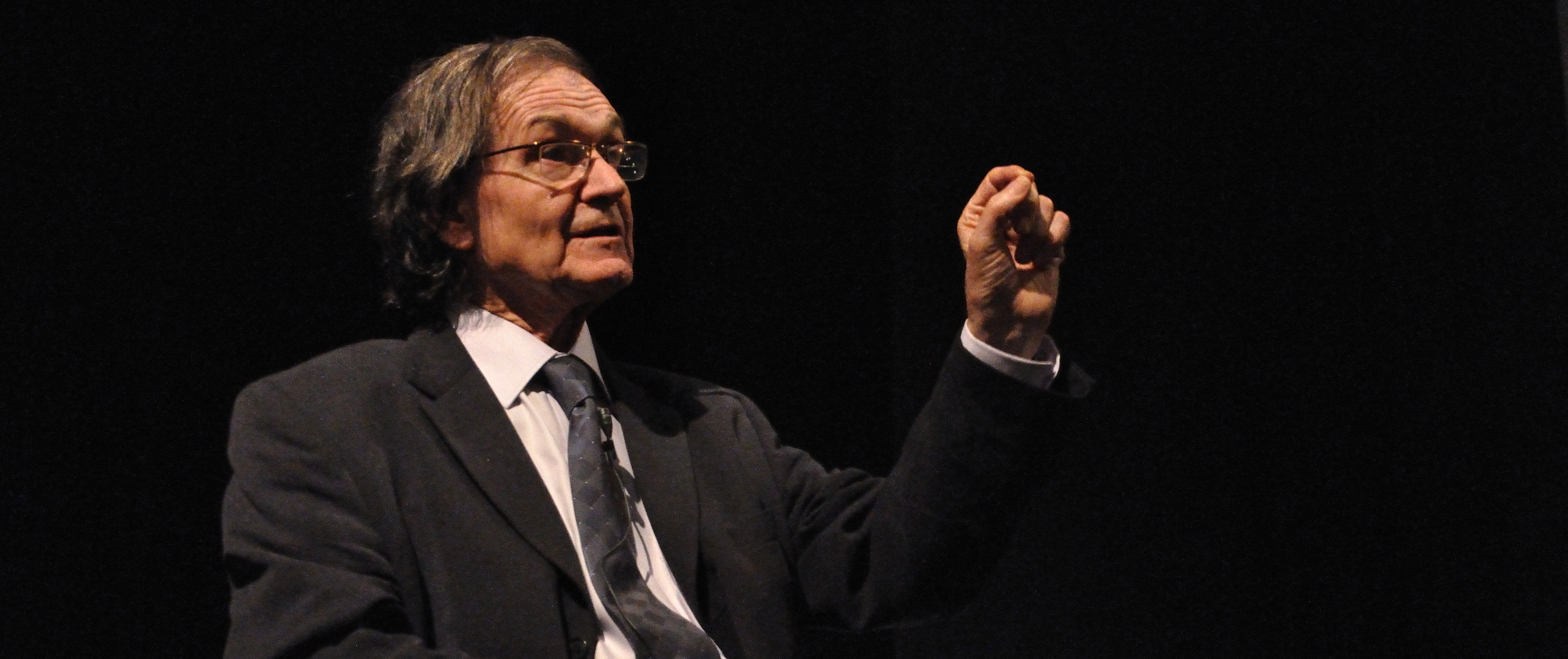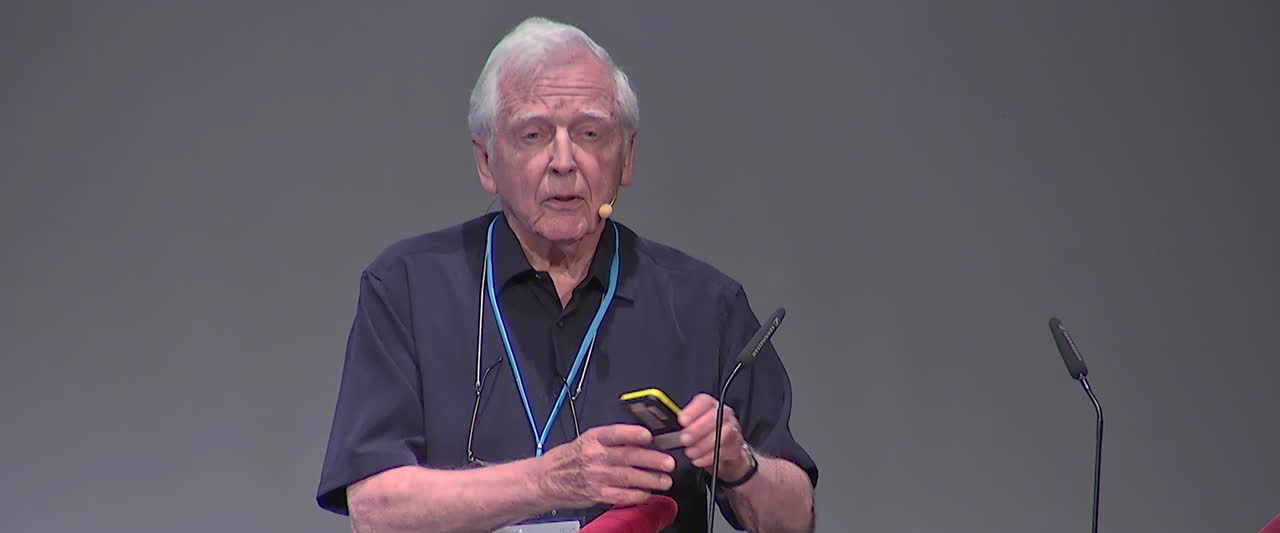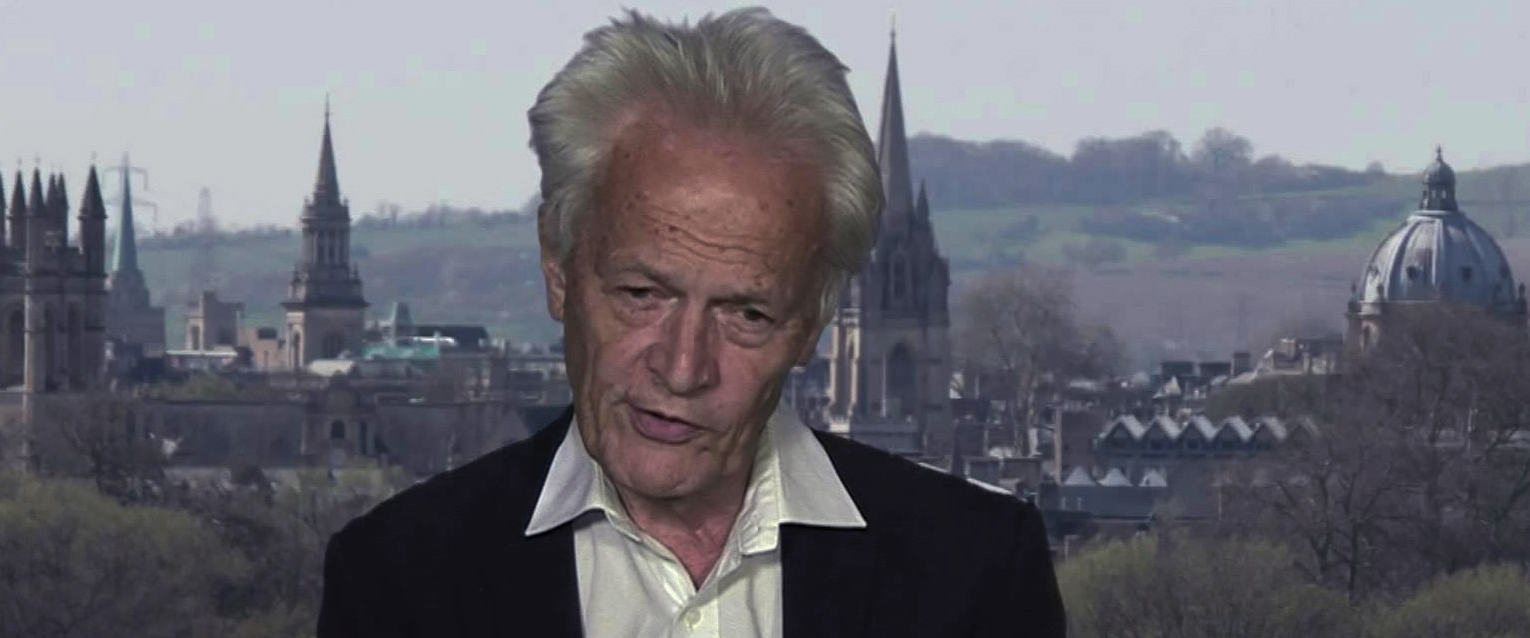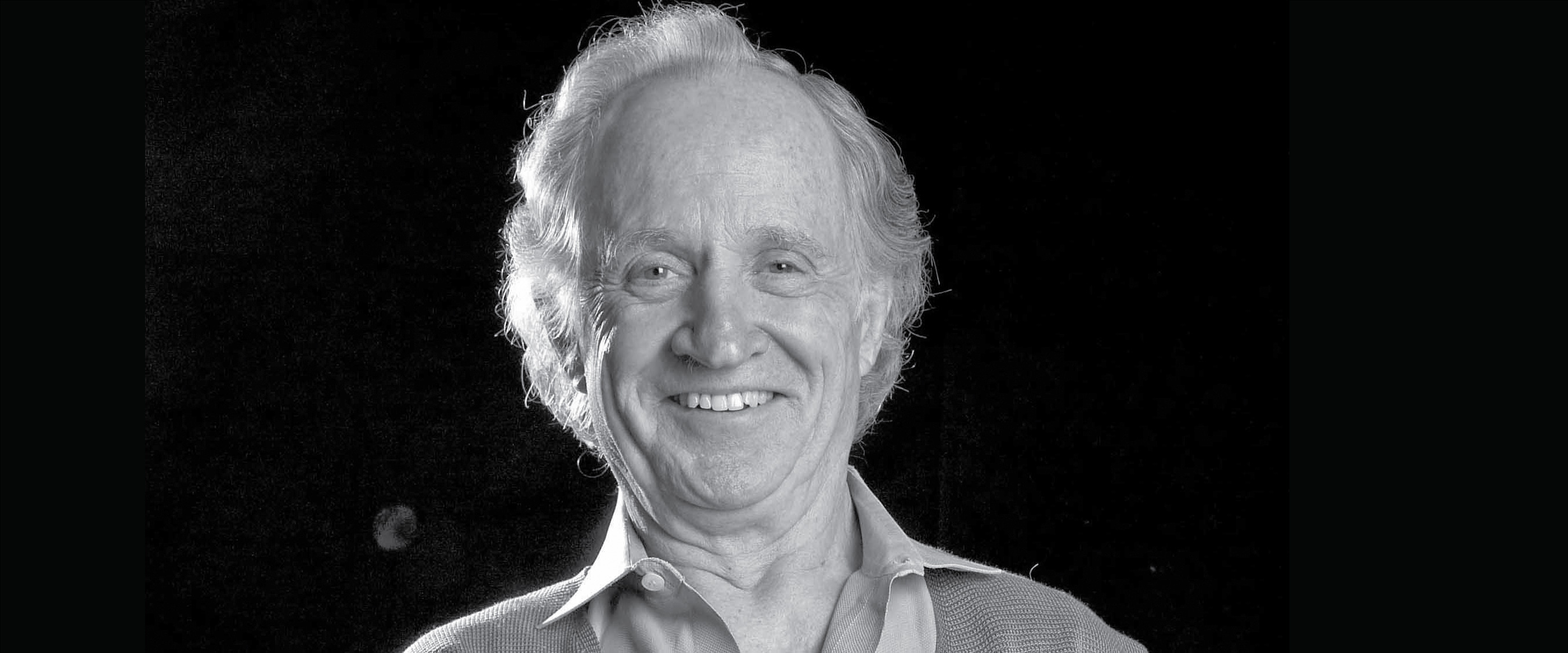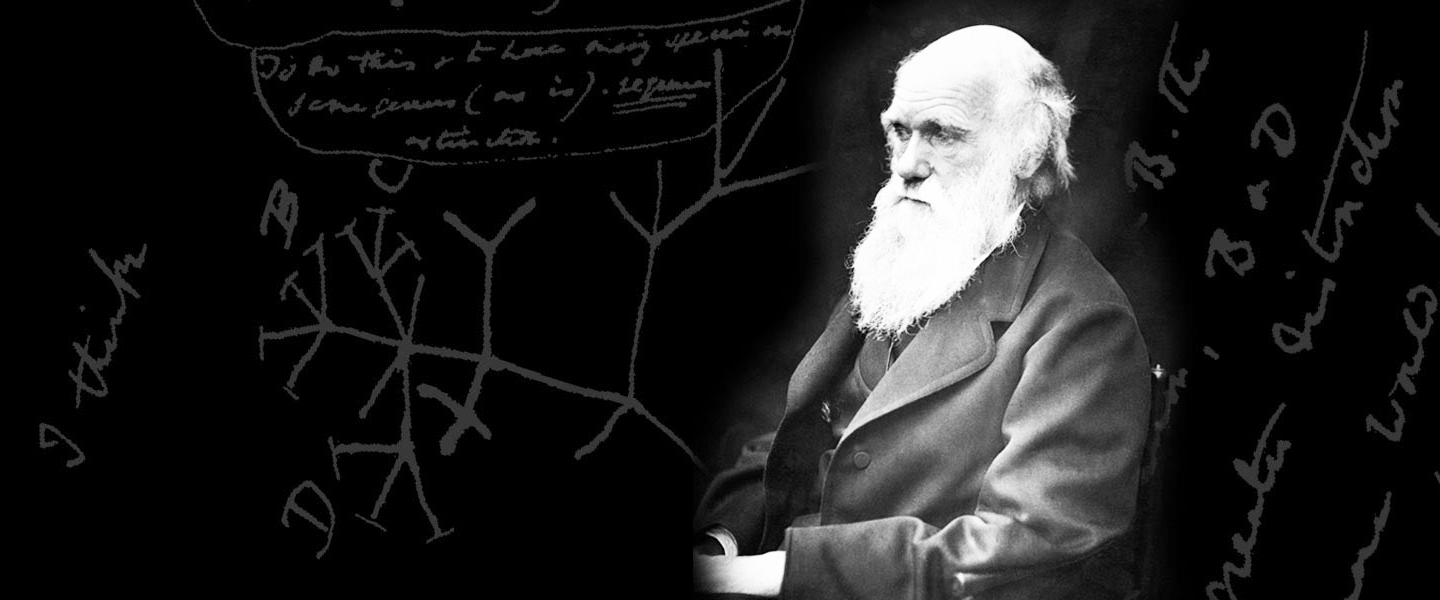22nd April 2015.
Carmelo Sgarlata, University of Pavia and Collegio A Volta.
The second seminar of the series Practical Medical Skills aimed primarily at College medical undergraduates will focus on the applications of ultrasounds in Medicine and will take place in the College Lecture Theatre at 6.00 pm on April 22nd. The poster of the series can be downloaded here.
Diagnostic Ultrasonography is A procedure used to examine the organs in the body An ultrasound transducer (probe) is pressed firmly against the skin. High-energy sound waves from the transducer bounce off tissues and create echoes. The echoes are sent to a computer, which makes a picture called a sonogram. Sonography (ultrasonography) is widely used in medicine. It is possible to perform both diagnosis and therapeutic procedures, using ultrasound to guide interventional procedures (for instance biopsies or drainage of fluid collections). Compared to other prominent methods of medical imaging, ultrasonography has several advantages. It provides images in real-time (rather than after an acquisition or processing delay), it is portable and can be brought to a sick patient's bedside, it is substantially lower in cost, and it does not use harmful ionizing radiation. Drawbacks of ultrasonography include various limits on its field of view including difficulty imaging structures behind bone and air, and its relative dependence on a skilled operator."
Carmelo Sgarlata is a resident in geriatric medicine at the University of Pavia. His work is focused on the treatment and study of diseases of the elderly with particular regard to cardiovascular and neurodegenerative disease. He has also a great interest in the use of Ultrasound in Internal Medicine. He is the author of more than 50 scientific publications on national and international journals and speaker at various conferences of national importance.
